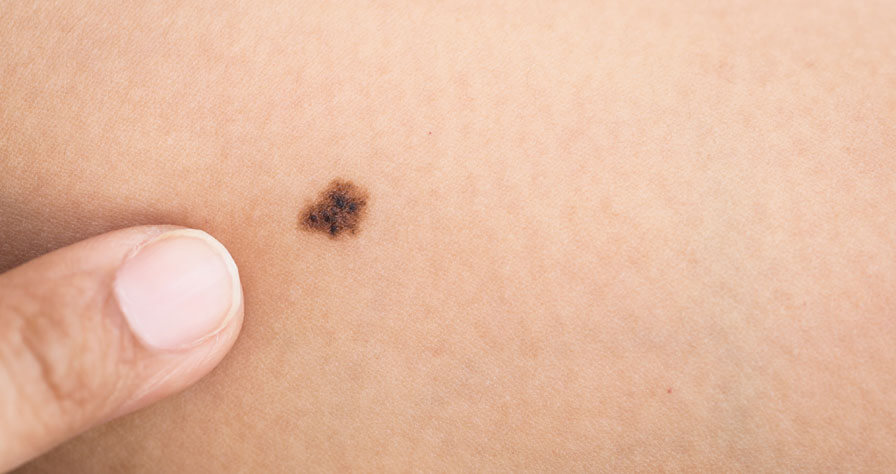Understanding Moles and DIY Care


Before delving into at-home solutions for mole removal, it’s crucial to have a clear understanding of what moles are.
Moles are clusters of pigmented cells that can appear anywhere on the skin. While most moles are harmless, some individuals may choose to explore at-home care options for cosmetic reasons.
Contents [show]
Assessing Mole Characteristics
Not all moles are suitable for at-home removal, and it’s essential to assess their characteristics. Generally, moles that are small, raised, and symmetrical may be more amenable to DIY care.
However, any mole exhibiting irregular features, such as changes in size, shape, or color, should be evaluated by a healthcare professional.
Popular At-Home Mole Removal Methods
a. Apple Cider Vinegar Soak: Soaking a cotton ball in apple cider vinegar and applying it to the mole is a common method. The acidity of the vinegar is thought to break down the mole over time.
b. Castor Oil and Baking Soda Paste: Creating a paste with castor oil and baking soda and applying it to the mole can be an option, with the paste believed to reduce the mole’s size.
c. Iodine Application: Applying iodine directly to the mole may contribute to its gradual fading and potential removal.
d. Garlic Paste Application: Some people use a garlic paste on moles, as garlic is believed to contain enzymes that could break down pigments in the mole.
e. Aloe Vera Gel Application: The soothing properties of aloe vera may aid in reducing the prominence of moles when applied regularly.
Safety Precautions and Considerations
While at home mole removal methods are accessible, safety is paramount. It’s crucial to follow recommended procedures, ensure cleanliness, and avoid harsh treatments to prevent infections or adverse reactions.
If there is any uncertainty or if the mole shows signs of atypical changes, seeking professional advice is imperative.
Knowing When to Seek Professional Help
Understanding the limits of at-home mole removal is essential. If a mole exhibits irregular features or undergoes sudden changes, it may indicate a more serious issue.
Seeking professional assistance from a dermatologist is crucial in such cases to ensure an accurate diagnosis and appropriate medical intervention.
Conclusion:
DIY mole care can be a consideration for certain moles, especially those that meet specific criteria.
By understanding mole characteristics, exploring popular at-home removal methods, prioritizing safety precautions, and knowing when to seek professional help, individuals can navigate home solutions for mole removal success.
It’s essential to approach at-home care with caution and consult with healthcare professionals for personalized guidance, particularly when dealing with moles exhibiting unusual characteristics.





